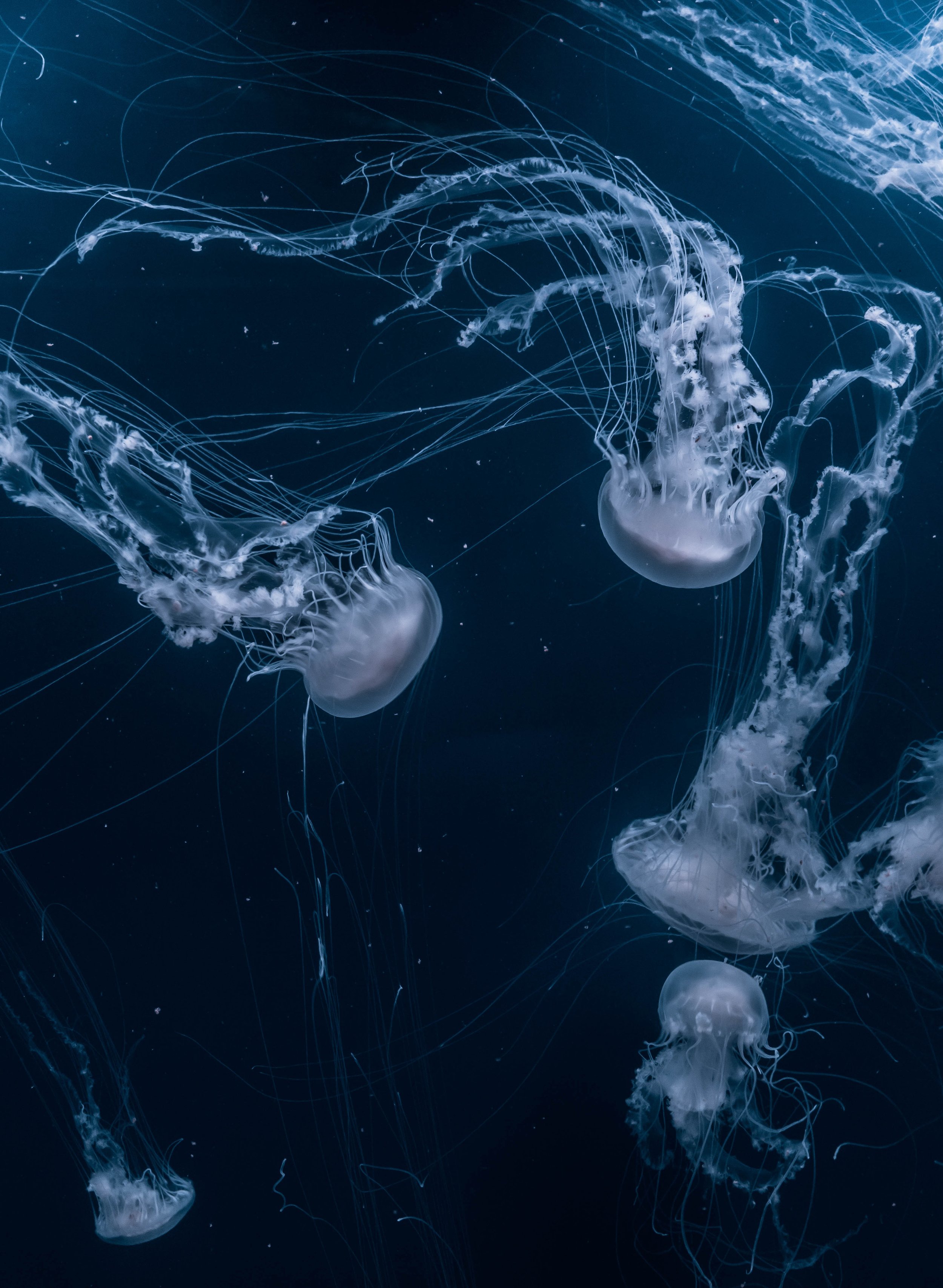Exploring the Deep: A Beginner's Guide to Underwater Photography
Underwater photography is a unique and exciting form of photography that allows photographers to capture the beauty and mystery of the underwater world. Whether you are a professional photographer or an amateur, underwater photography can provide you with a whole new perspective on the world around you. In this blog post, we will explore the basics of underwater photography, including the equipment you need, the techniques you should use, and some tips for getting the best shots.
Equipment
Underwater photography requires special equipment to ensure that your camera and lenses are protected from the water. A waterproof camera housing is a must-have, as it will protect your camera and lenses from water damage. There are many different types of camera housings available, ranging from basic point-and-shoot models to more advanced housings for DSLR cameras.
Another important piece of equipment for underwater photography is a good quality dive light. This will help you to see your subject clearly, especially in the darker areas of the ocean. Additionally, a strobe or flash can help to provide additional lighting, and will help to bring out the colors in your photos.
Techniques
Underwater photography requires a different set of techniques than traditional photography. One of the most important techniques to master is buoyancy control. When diving, it is important to maintain neutral buoyancy in order to avoid damaging the delicate marine environment and to get as close to your subjects as possible. This will help you to get better shots and avoid disturbing the marine life.
Another important technique for underwater photography is composition. The key to great underwater photos is to capture your subject in its natural environment, while also using composition to create an interesting and visually appealing image. This can be achieved by using the rule of thirds, framing your subject with natural elements such as coral or rocks, and experimenting with different angles and perspectives.
Tips
Here are some tips to help you get the best shots when doing underwater photography:
Be patient – underwater photography requires patience and persistence. Take your time and wait for the perfect shot.
Get close – underwater photography is all about getting up close and personal with your subjects. The closer you are, the more detail you will be able to capture.
Use a fast shutter speed – water can be murky and can cause your photos to be blurry. Using a fast shutter speed will help you to capture your subjects in sharp focus.
Shoot in RAW – shooting in RAW format will give you more control over your images during post-processing.
Respect the marine environment – always be mindful of the marine environment and respect the marine life you are photographing. Avoid touching or disturbing the marine life and be sure to follow all local laws and regulations.
Conclusion
Underwater photography can be a challenging but rewarding form of photography. By using the right equipment, mastering the right techniques, and following a few simple tips, you can capture the beauty and mystery of the underwater world. Whether you are a professional photographer or an amateur, underwater photography is a great way to explore a whole new world and capture some truly stunning images.












